#ancient technology
Explore tagged Tumblr posts
Note
During the wars between the Elves and Gnome + Dwarf alliance what was their destructive potential, as it’s alluded to the former having many magic based weapons that threatened to tear apart the world in their conflict.
If I'm understanding correctly you're talking about ancient technology? It's mentioned but there's nothing specific enough to know what it was/how much damage it could cause
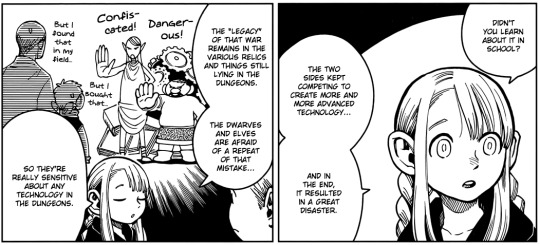
Also I'm not sure if that's what you meant with "the former" but I believe both elves and dwarves were creating destructive technology so it wasn't just the elves.
Was this mentioned anywhere else? Marcille mentions a great disaster here but it's not that specific about how much damage was caused
#I'm really bad at reading today#maybe you meant something else completely but I cant think of what it could be#ask#dungeon meshi#ancient technology#speculation
57 notes
·
View notes
Text
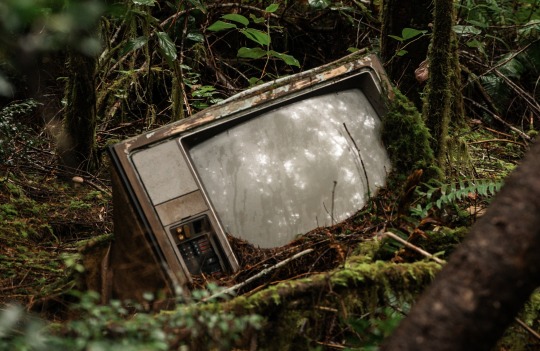
Ancient Technology
#artists on tumblr#original photographers#original photography#hiking#pacific northwest#nature#washington#pnw#nikon#orofeaiel#abandoned#vintage#forest finds#ancient technology#woods#found objects#found items#nature reclaiming#moss#back to nature
798 notes
·
View notes
Text

John Sheppard in The Chair™️ but with more pizazz. Colored pencil but I shouldn’t have colored this, I really liked the sketch more. oh whale.
I loved the concept of this, and after the big deal they made out of it at the beginning, it felt like such a wasted opportunity in the show not to liven this up with so much more than just a dude sitting on a LazyAncient looking super serious. Any kind of HUD, pop up display, sci fi glowy bits of numbers, alerts, or flashy lights would have been so awesome. We wouldn’t have needed to understand them, as just the allusion to the person in the chair being in control of a 10k year old multifaceted military defense with their genetics would have been really cool to see.
#Stargate#stargate atlantis#Atlantis#sga#stargate fanart#Stargate Atlantis fanart#John Sheppard#the ancients#the stargate chair#chair of the ancients#ancient technology#colored pencil#the sketch was better#science fiction#my art#myart
249 notes
·
View notes
Text

367 notes
·
View notes
Text
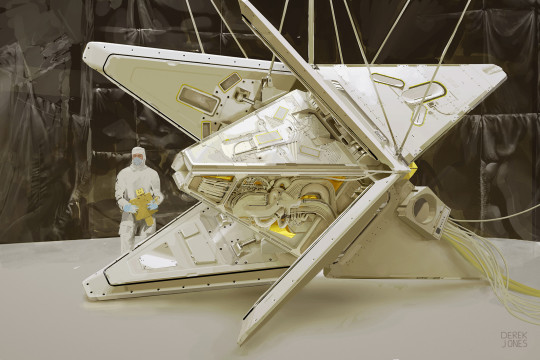


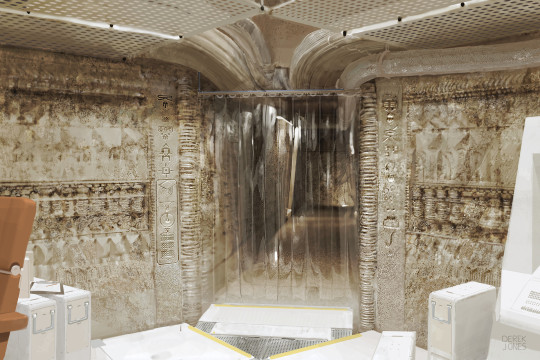

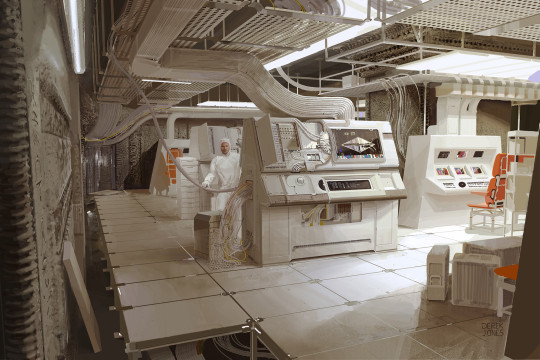
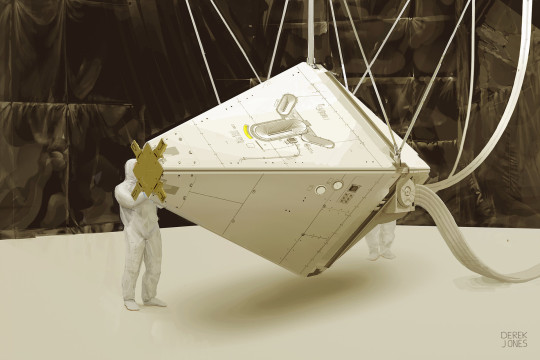

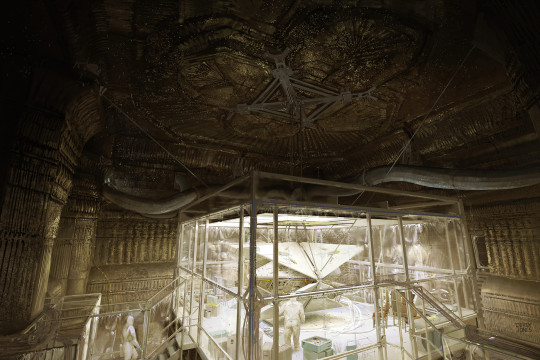
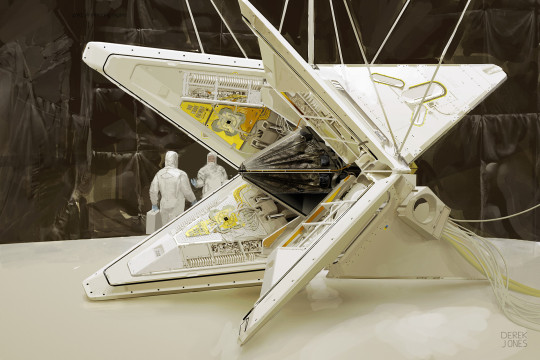
The sublime and beautiful sci-fi-themed creations of Derek Jones - https://www.this-is-cool.co.uk/the-sublime-and-beautiful-sci-fi-creations-of-derek-jones/
#Derek Jones#this-is-cool#scififantasyhorror#digital art#sci-fi art#concept art#science fiction art#concept artist#sci-fi artist#digital artist#concept designer#futuristic art#ancient technology
3K notes
·
View notes
Text


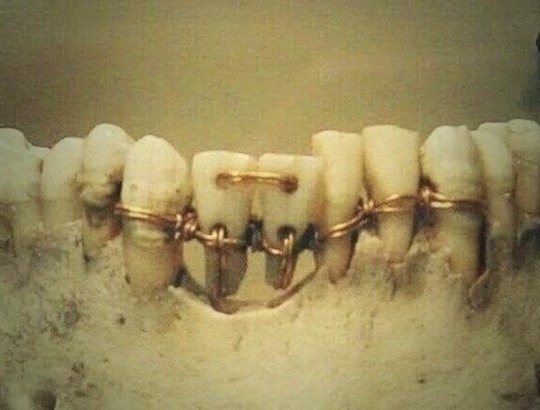
Earliest evidence of dental implants, adorned by Pharoahs
281 notes
·
View notes
Text










Agartha Cadilek‘s
#agartha#esoterik#occultism#esoteric#flat earth#Okkultismus#okkult#science#flugkreisel#untertasse#ufo#ufology#freimaurerei#freemason#stolen technology#old technology#ancient#ancient technology#vril#vrill#asen#thule#bmw
94 notes
·
View notes
Text

Atlantis: The Lost Empire
#archeotech#archeotek#archeopunk#lostpunk#lost civilization#lost city#atlantis#atlantis the lost empire#disney atlantis#kida#princess kida#neon#ancient technology#lost technology#scifi#fantasy#magic#magipunk#magitech#magitek#aesthetic
45 notes
·
View notes
Text
April 14, Xi'an, China, Shaanxi History Museum, Qin and Han Dynasties Branch (Part 3 – Innovations and Philosophies):
(Edit: sorry this post came out so late, I got hit by the truck named life and had to get some rest, and this post in itself took some effort to research. But anyway it's finally up, please enjoy!)
A little background first, because this naming might lead to some confusions.....when you see location adjectives like "eastern", "western", "northern", "southern" added to the front of Zhou dynasty, Han dynasty, Song dynasty, and Jin/晋 dynasty, it just means the location of the capital city has changed. For example Han dynasty had its capital at Chang'an (Xi'an today) in the beginning, but after the very brief but not officially recognized "Xin dynasty" (9 - 23 AD; not officially recognized in traditional Chinese historiography, it's usually seen as a part of Han dynasty), Luoyang became the new capital. Because Chang'an is geographically to the west of Luoyang, the Han dynasty pre-Xin is called Western Han dynasty (202 BC - 8 AD), and the Han dynasty post-Xin is called Eastern Han dynasty (25 - 220 AD). As you can see here, in these cases this sort of adjective is simply used to indicate different time periods in the same dynasty.
Model of a dragonbone water lift/龙骨水车, Eastern Han dynasty. This is mainly used to push water up to higher elevations for the purpose of irrigation:
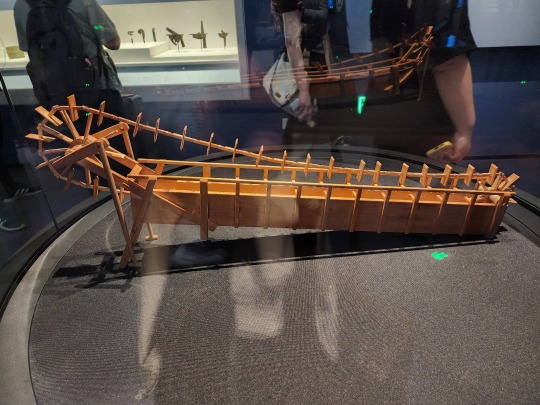
Model of a water-powered bellows/冶铁水排, Eastern Han dynasty. Just as the name implies, as flowing water pushes the water wheel around, the parts connected to the axle will pull and push on the bellows alternately, delivering more air to the furnace for the purpose of casting iron.

The Nine Chapters on the Mathematical Art/《九章算术》, Fangcheng/方程 chapter. It’s a compilation of the work of many scholars from 10 th century BC until 2 nd century AD, and while the earliest authors are unknown, it has been edited and supplemented by known scholars during Western Han dynasty (also when the final version of this book was compiled), then commented on by scholars during Three Kingdoms period (Kingdom of Wei) and Tang dynasty. The final version contains 246 example problems and solutions that focus on practical applications, for example measuring land, surveying land, construction, trading, and distributing taxes. This focus on practicality is because it has been used as a textbook to train civil servants. Note that during Han dynasty, fangcheng means the method of solving systems of linear equations; today, fangcheng simply means equation. For anyone who wants to know a little more about this book and math in ancient China, here’s an article about it. (link goes to pdf)

Diagram of a circle in a right triangle (called “勾股容圆” in Chinese), from the book Ceyuan Haijing/《测圆海镜》 by Yuan-era mathematician Li Ye/李冶 (his name was originally Li Zhi/李治) in 1248. Note that Pythagorean Theorem was known by the name Gougu Theorem/勾股定理 in ancient China, where gou/勾 and gu/股 mean the shorter and longer legs of the right triangle respectively, and the hypotenuse is named xian/弦 (unlike what the above linked article suggests, this naming has more to do with the ancient Chinese percussion instrument qing/磬, which is shaped similar to a right triangle). Gougu Theorem was recorded in the ancient Chinese mathematical work Zhoubi Suanjing/《周髀算经》, and the name Gougu Theorem is still used in China today.

Diagram of the proof for Gougu Theorem in Zhoubi Suanjing. The sentence on the left translates to "gou (shorter leg) squared and gu (longer leg) squared makes up xian (hypotenuse) squared", which is basically the equation a² + b² = c². Note that the character for "squared" here (mi/幂) means "power" today.

This is a diagram of Zhang Heng’s seismoscope, called houfeng didong yi/候风地动仪 (lit. “instrument that measures the winds and the movements of the earth”). It was invented during Eastern Han dynasty, but no artifact of houfeng didong yi has been discovered yet, this is presumably due to constant wars at the end of Eastern Han dynasty. All models and diagrams that exist right now are what historians and seismologists think it should look like based on descriptions from Eastern Han dynasty. This diagram is based on the most popular model by Wang Zhenduo that has an inverted column at the center, but this model has been widely criticized for its ability to actually detect earthquakes. A newer model that came out in 2005 with a swinging column pendulum in the center has shown the ability to detect earthquakes, but has yet to demonstrate ability to reliably detect the direction where the waves originate, and is also inconsistent with the descriptions recorded in ancient texts. What houfeng didong yi really looks like and how it really works remains a mystery.
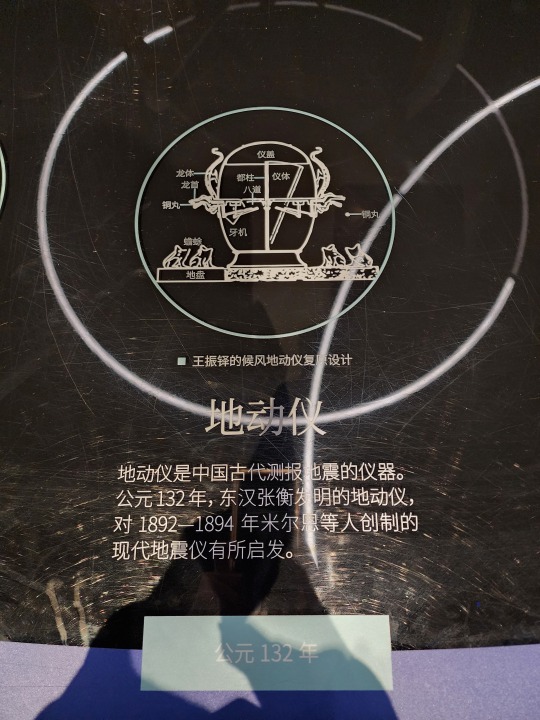
Xin dynasty bronze calipers, the earliest sliding caliper found as of now (not the earliest caliper btw). This diagram is the line drawing of the actual artifact (right).


Ancient Chinese "Jacquard" loom (called 提花机 or simply 花机 in Chinese, lit. "raise pattern machine"), which first appeared no later than 1st century BC. The illustration here is from the Ming-era (1368 - 1644) encyclopedia Tiangong Kaiwu/《天工开物》. Basically it's a giant loom operated by two people, the person below is the weaver, and the person sitting atop is the one who controls which warp threads should be lifted at what time (all already determined at the designing stage before any weaving begins), which creates patterns woven into the fabric. Here is a video that briefly shows how this type of loom works (start from around 1:00). For Hanfu lovers, this is how zhuanghua/妆花 fabric used to be woven, and how traditional silk fabrics like yunjin/云锦 continue to be woven. Because it is so labor intensive, real jacquard silk brocade woven this way are extremely expensive, so the vast majority of zhuanghua hanfu on the market are made from machine woven synthetic materials.

Chinese purple is a synthetic pigment with the chemical formula BaCuSi2O6. There's also a Chinese blue pigment. If anyone is interested in the chemistry of these two compounds, here's a paper on the topic. (link goes to pdf)

A list of common colors used in Qin and Han dynasties and the pigments involved. White pigment comes from chalk, lead compounds, and powdered sea shells; green pigment comes from malachite mineral; blue pigment usually comes from azurite mineral; black comes from pine soot and graphite; red comes from cinnabar; ochre comes from hematite; and yellow comes from realgar and orpiment minerals.

Also here are names of different colors and shades during Han dynasty. It's worth noting that qing/青 can mean green (ex: 青草, "green grass"), blue (ex: 青天, "blue sky"), any shade between green and blue, or even black (ex: 青丝, "black hair") in ancient Chinese depending on the context. Today 青 can mean green, blue, and everything in between.

Western Han-era bronze lamp shaped like a goose holding a fish in its beak. This lamp is interesting as the whole thing is hollow, so the smoke from the fire in the lamp (the fish shaped part) will go up into the neck of the goose, then go down into the body of the goose where there's water to catch the smoke, this way the smoke will not be released to the surrounding environment. There are also other lamps from around the same time designed like this, for example the famous gilt bronze lamp that's shaped like a kneeling person holding a lamp.


Part of a Qin-era (?) clay drainage pipe system:

A list of canals that was dug during Warring States period, Qin dynasty, and pre-Emperor Wu of Han Han dynasty (475 - 141 BC). Their purposes vary from transportation to irrigation. The name of the first canal on the list, Hong Gou/鸿沟, has already become a word in Chinese language, a metaphor for a clear separation that cannot be crossed (ex: 不可逾越的鸿沟, meaning "a gulf that cannot be crossed").

Han-era wooden boat. This boat is special in that its construction has clear inspirations from the ancient Romans, another indication of the amount of information exchange that took place along the Silk Road:

A model that shows how the Great Wall was constructed in Qin dynasty. Laborers would use bamboo to construct a scaffold (bamboo scaffolding is still used in construction today btw, though it's being gradually phased out) so people and materials (stone bricks and dirt) can get up onto the wall. Then the dirt in the middle of the wall would be compressed into rammed earth, called hangtu/夯土. A layer of stone bricks may be added to the outside of the hangtu wall to protect it from the elements. This was also the method of construction for many city walls in ancient China.

A list of the schools of thought that existed during Warring States period, their most influential figures, their scholars, and their most famous works. These include Confucianism (called Ru Jia/儒家 in Chinese; usually the suffix "家" at the end denotes a school of thought, not a religion; the suffix "教" is that one that denotes a religion), Daoism/道家, Legalism (Fa Jia/法家), Mohism/墨家, etc.

The "Five Classics" (五经) in the "Four Books and Five Classics" (四书五经) associated with the Confucian tradition, they are Shijing/《诗经》 (Classic of Poetry), Yijing/《易经》 (also known as I Ching), Shangshu/《尚书》 (Classic of History), Liji/《礼记》 (Book of Rites), and Chunqiu/《春秋》 (Spring and Autumn Annals). The "Four Books" (四书) are Daxue/《大学》 (Great Learning), Zhongyong/《中庸》 (Doctrine of the Mean), Lunyu/《论语》 (Analects), and Mengzi/《孟子》 (known as Mencius).

And finally the souvenir shop! Here's a Chinese chess (xiangqi/象棋) set where the pieces are fashioned like Western chess, in that they actually look like the things they are supposed to represent, compared to traditional Chinese chess pieces where each one is just a round wooden piece with the Chinese character for the piece on top:

A blind box set of small figurines that are supposed to mimic Shang and Zhou era animal-shaped bronze vessels. Fun fact, in Shang dynasty people revered owls, and there was a female general named Fu Hao/妇好 who was buried with an owl-shaped bronze vessel, so that's why this set has three different owls (top left, top right, and middle). I got one of these owls (I love birds so yay!)


And that concludes the museums I visited while in Xi'an!
#2024 china#xi'an#china#shaanxi history museum qin and han dynasties branch#chinese history#chinese culture#chinese language#qin dynasty#han dynasty#warring states period#chinese philosophy#ancient technology#math history#history#culture#language
96 notes
·
View notes
Text
The Vases that defy time
How could the Ancient Egyptians possibly carve these one piece, hard, igneous, granite stone vases with simple, rudimentary technology? 🤔
#pay attention#educate yourselves#educate yourself#knowledge is power#reeducate yourself#reeducate yourselves#think about it#think for yourselves#think for yourself#do your homework#do your own research#do some research#ask yourself questions#question everything#ancient history#ancient technology#hidden history#history lesson#history#ancient times
119 notes
·
View notes
Text
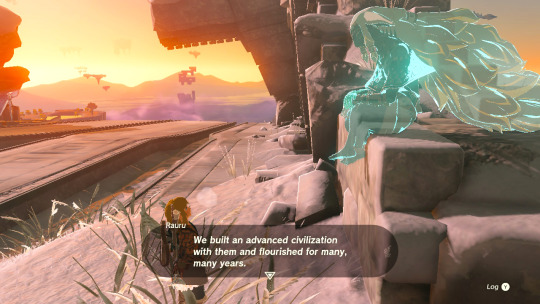

Something that bothers me about the backstory of Tears of the Kingdom is that the fall of Zonai civilization is never explained. Even before the war with the Demon King, the Zonai already seemed to be in severe decline. During his formal surrender, Ganondorf taunts Rauru by claiming that he and his sister Mineru are the only two remaining Zonai, and there seems to be no evidence to the contrary.
As Rauru guides Link through the Gardens of Time, he explains that the Zonai used their technology to build a civilization that "flourished for many, many years," presumably before the founding of Hyrule. In Breath of the Wild, ancient technology was somewhat sinister, as demonstrated by the disasters precipitated by the malfunctions of the Divine Beasts. Was the decline of the Zonai also connected to their technology, somehow?
I'm intrigued by the implications of Rauru's meditations on the Temple of Time, which he claims was originally on the surface. I wonder how the islands floating over Hyrule came to exist, and whether their creation was perhaps an unintended consequence of Zonai technology. This is just a theory, but such disruptions to the natural environment might be a result of the use of the secret stones in particular, which might explain why Hyrule Castle suddenly rose into the sky as soon as the seal on the stones it was built to protect was broken.
#Tears of the Kingdom#Breath of the Wild#Rauru#Zonai#ancient technology#Zelda speculation#TotK spoilers
244 notes
·
View notes
Text
WELCOME BACK TO EVEN MORE CRACK POT ONE PIECE THEORIES WITH ME ELI
Every devil fruit awakening is slightly different between user of the same fruit
Emet (egg head robot) was joyboys franky (suuuppper) and zou was his chopper
Brook knows of islands that have been erased and some erased history and will (unintentionally) foil a government plot by revealing this info
Someone has a copy of the Vegapunk recording
Vegapunk put together that Luffy was Nika fruit users and the return of joyboy and his importance to the one piece (thus more people want to join and stop Luffy and probably massive bounty increases)
The ancient technology was lost because both sides destroyed it, to slow the other down
#one piece#one piece theory#onepiece crack pot theories#luffy#monkey d. luffy#roronoa zoro#devil fruit#devil fruit awakenings#franky one piece#egghead island#zou#Brook#soul king brook#vegapunk#vegapunk recording#joy boy#sun god nika#sun god luffy#straw hat pirates#straw hat allies#massive bounty’s#luffys bounty’s will be higher or the same as Roger’s#ancient technology#kinda what Luffy was doing on egghead#big news Morgan’s probably gonna get it and make bank
39 notes
·
View notes
Text

Incomplete snapshot of current WIP. Went digital this time.
My excuse is at some point reading a (very short) McShep fic that was an AU SGA merfolk/ancients, and letting it bury itself HARD in my brain.
Considered switching their places but Sheppard won out being the Ancient with that super gene. And being pretty when he’s unconscious.
Finding refs for the stasis pods was a pain.
Edit: fic found! By @lavvyan Under the Sea
#sga#stargate atlantis#john sheppard#ancient technology#rodney mckay#merman#merfolk#Stargate mermaid crossover#Stargate trope fic#fanfic tropes#stargate Atlantis fanart#John Sheppard fanart#Rodney McKay fanart#art wip#digital art#fanart wip#based on fanfic#mcshep
8 notes
·
View notes
Text
The first pyramids were constructed 8000 years ago with the aid of aliens in the image of their genitalia, believed to have inspired countless myths in human culture. The original pyramids and their location have since been lost to time, but projects like the Pyramids of Giza were constructed in an attempt to replicate these ancient extraterrestrial marvels.
12 notes
·
View notes
